Managing the Product 2 7-Levels of Product Hierarchy
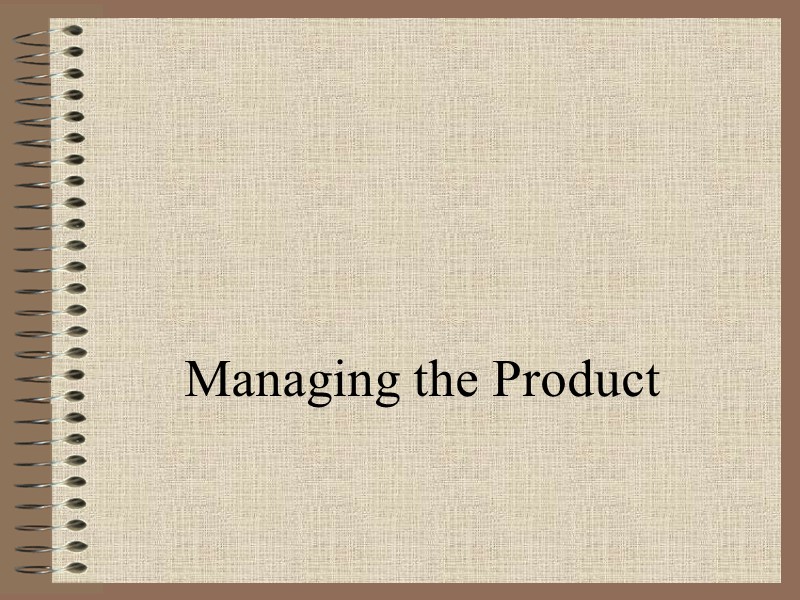
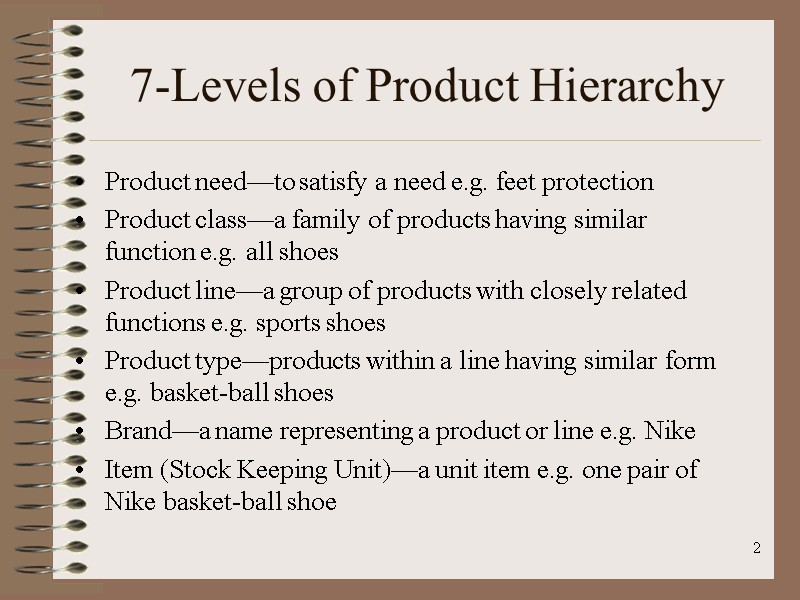
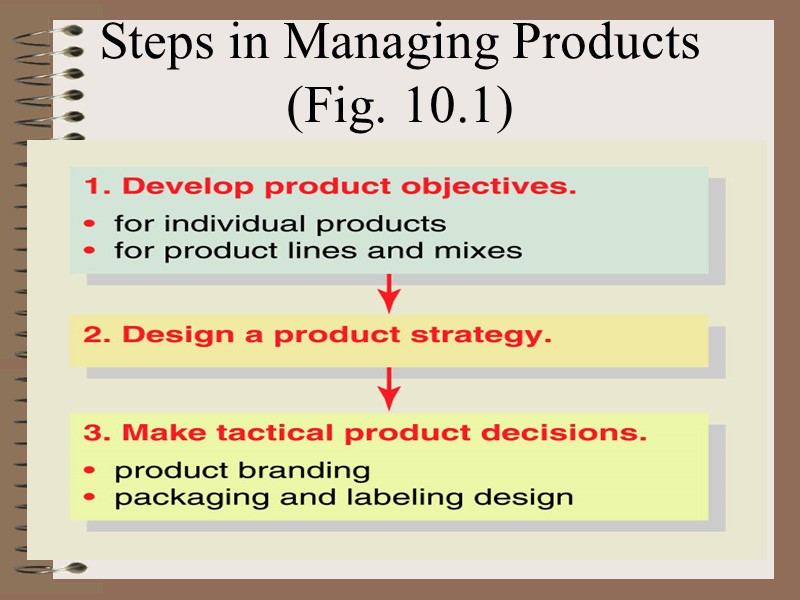
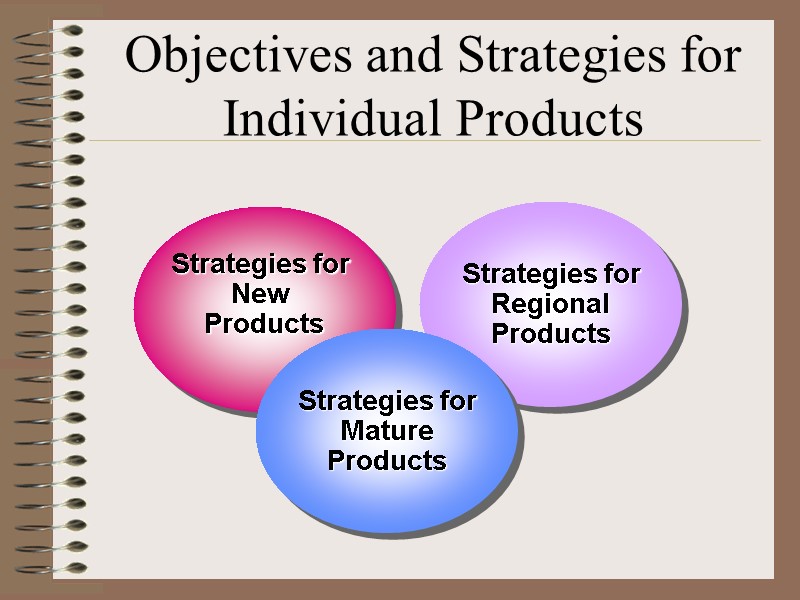
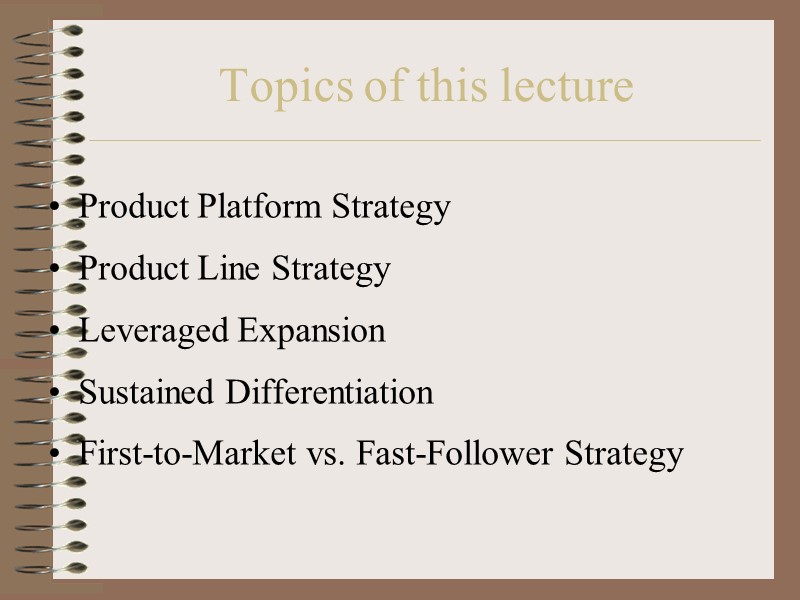
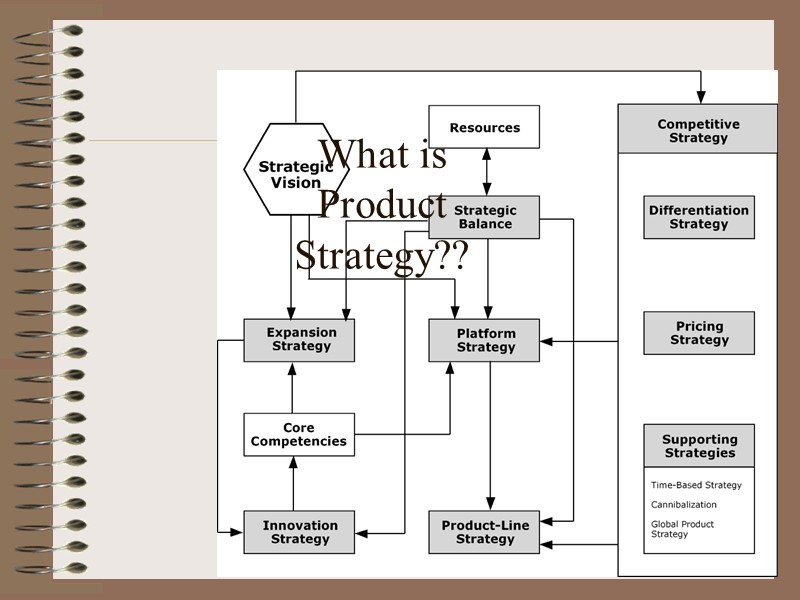
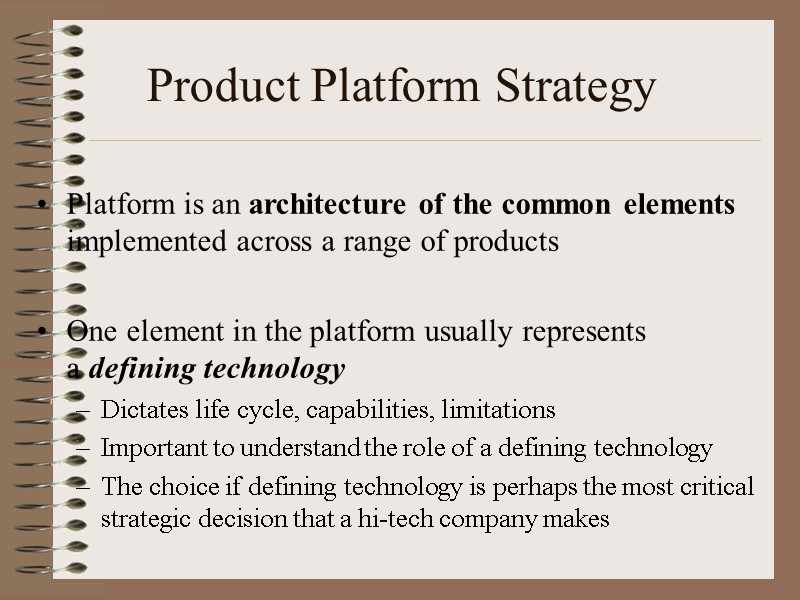
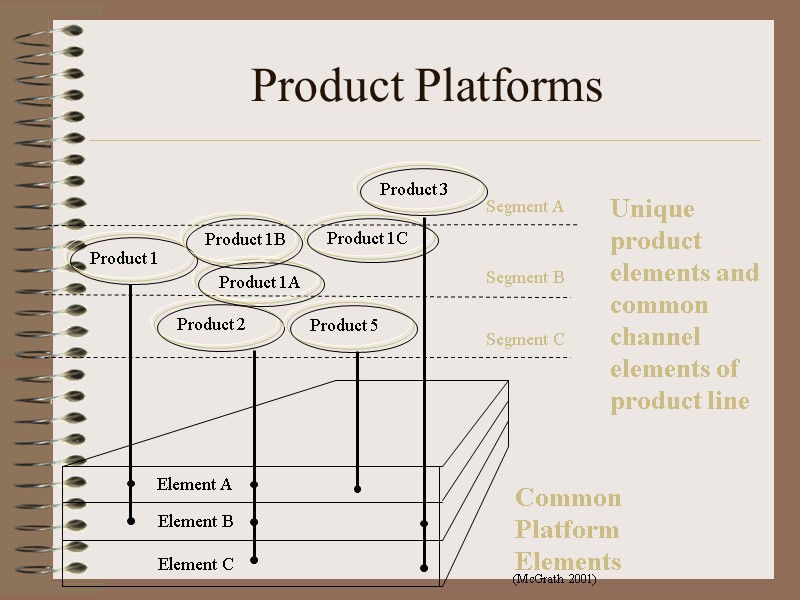
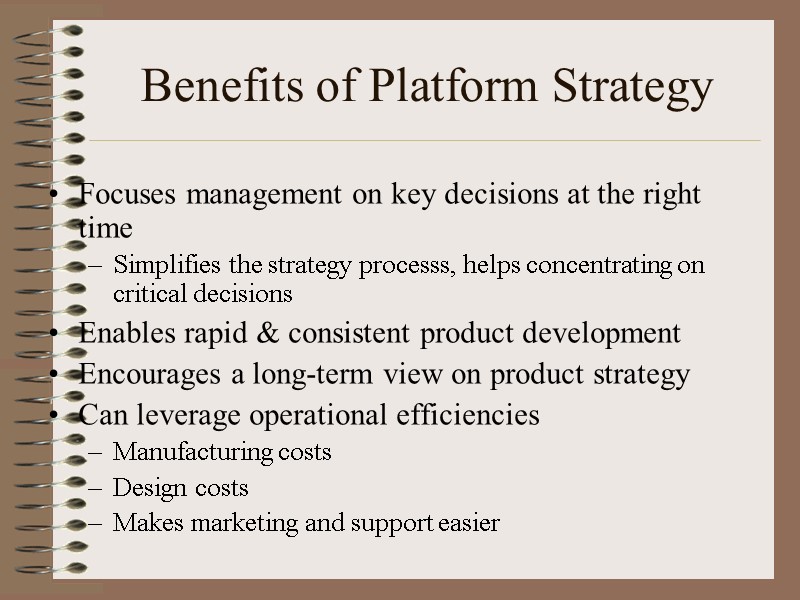
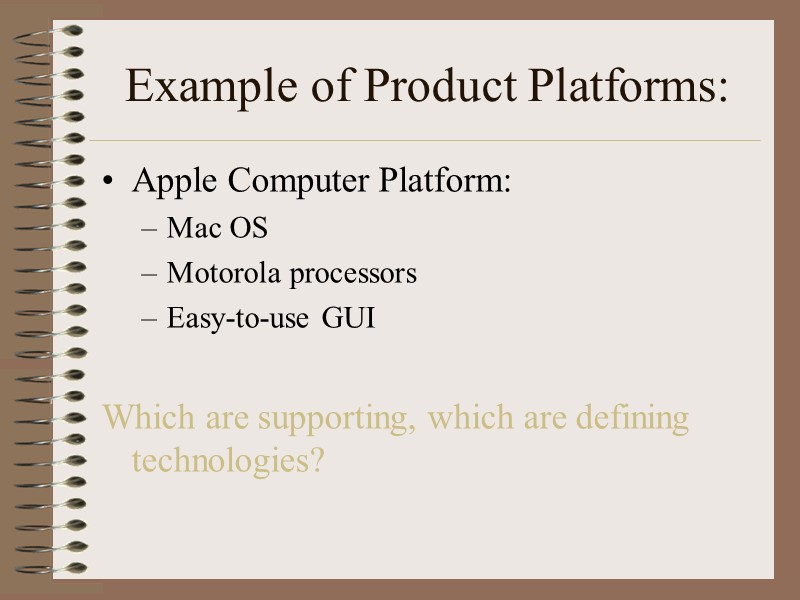
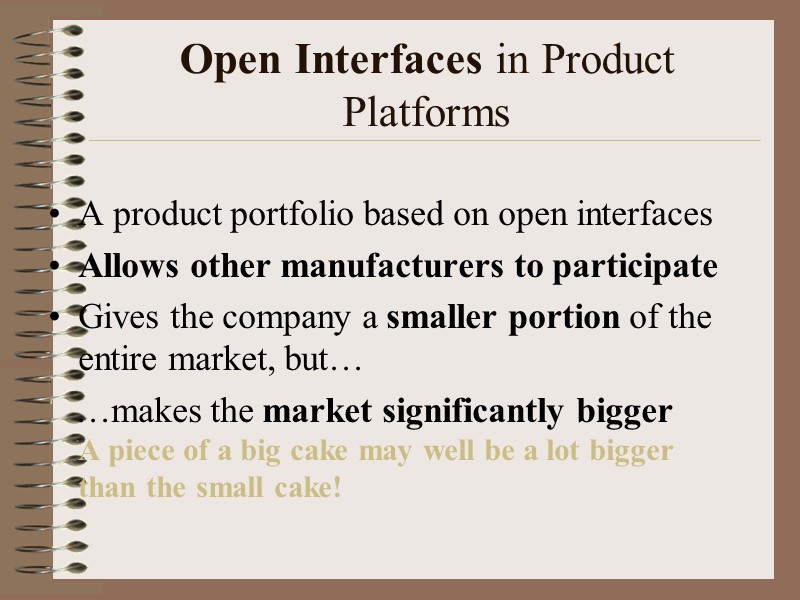
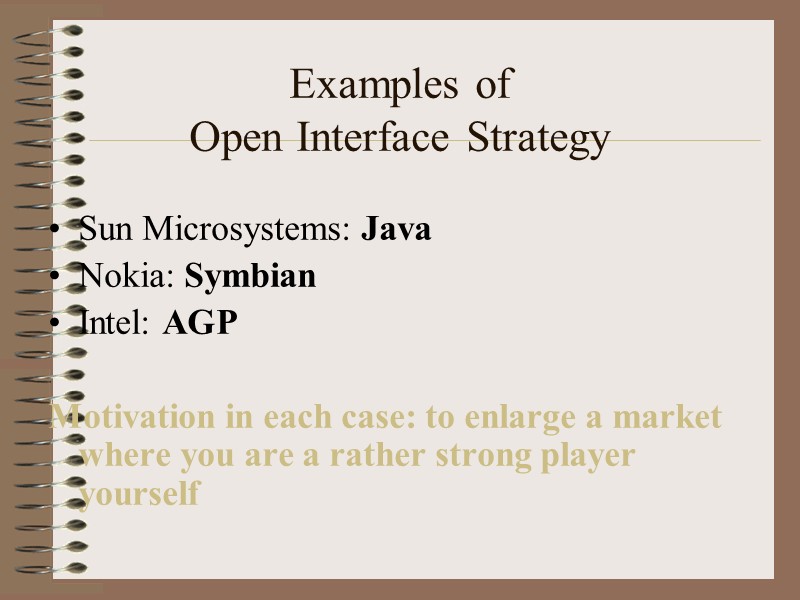
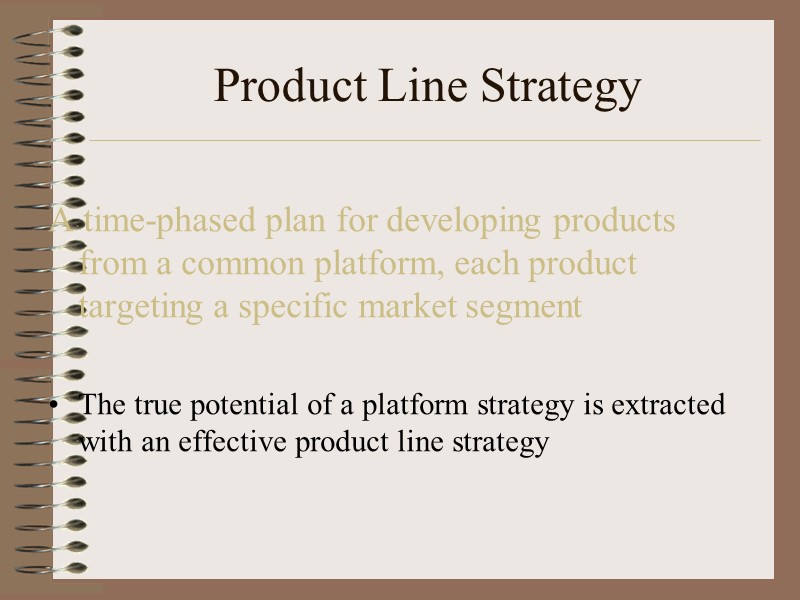
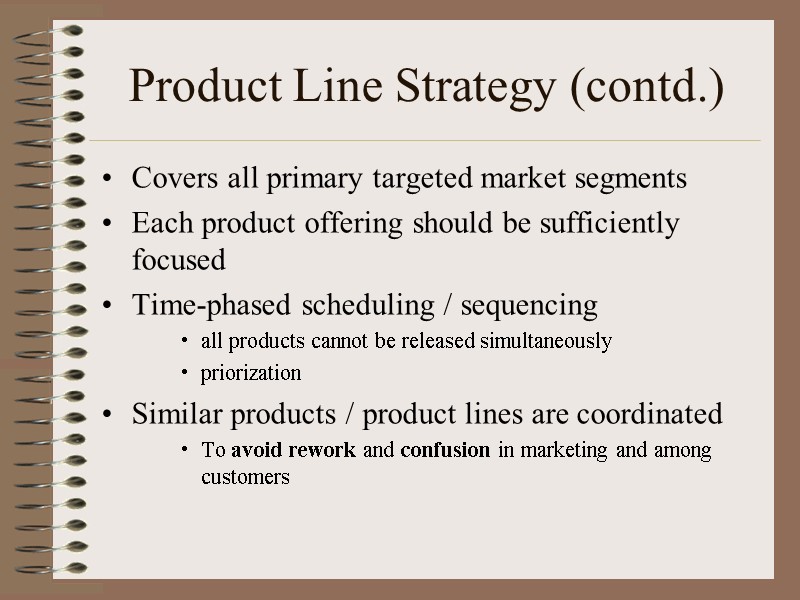
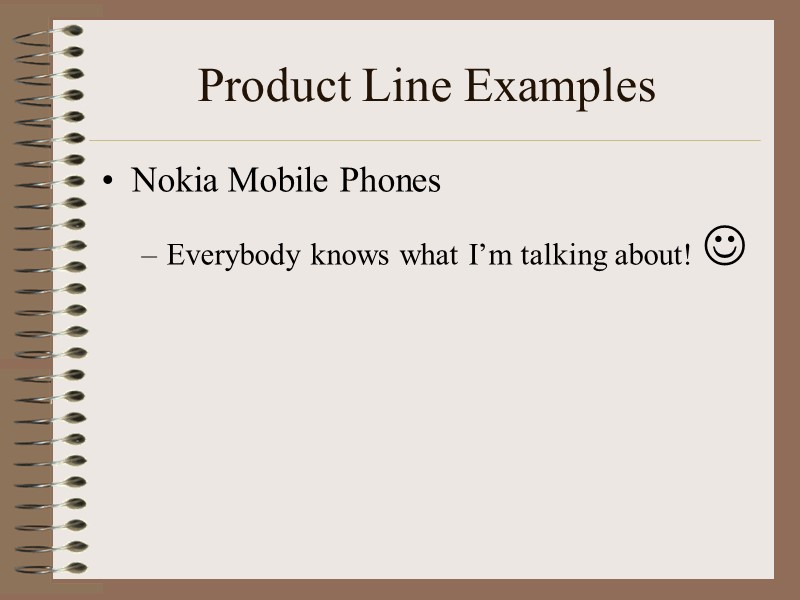
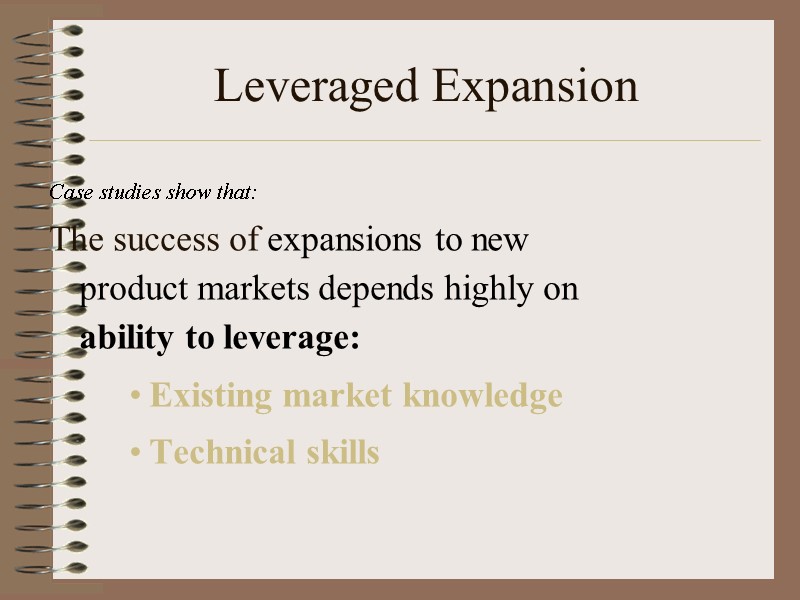
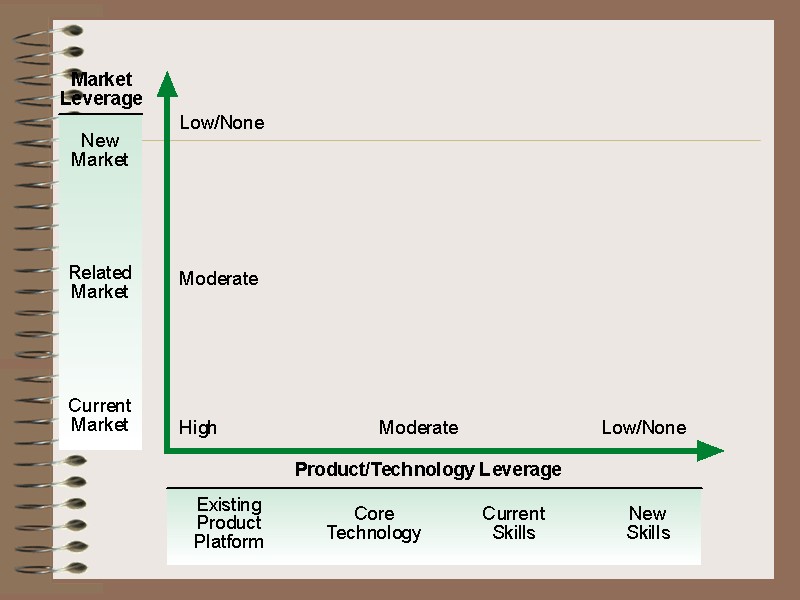
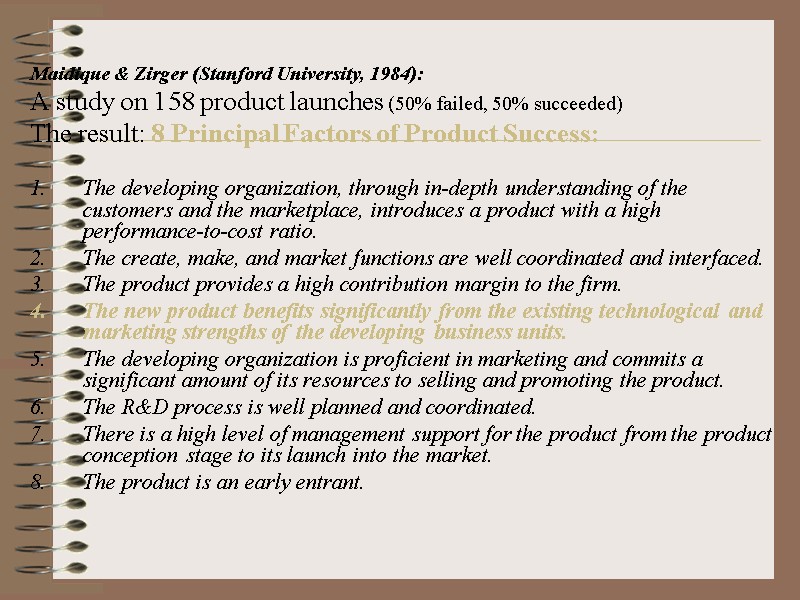
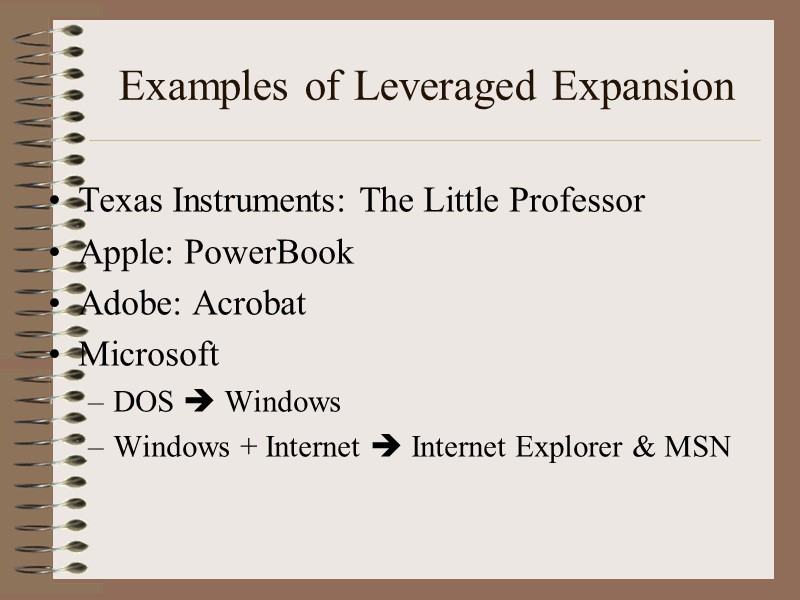
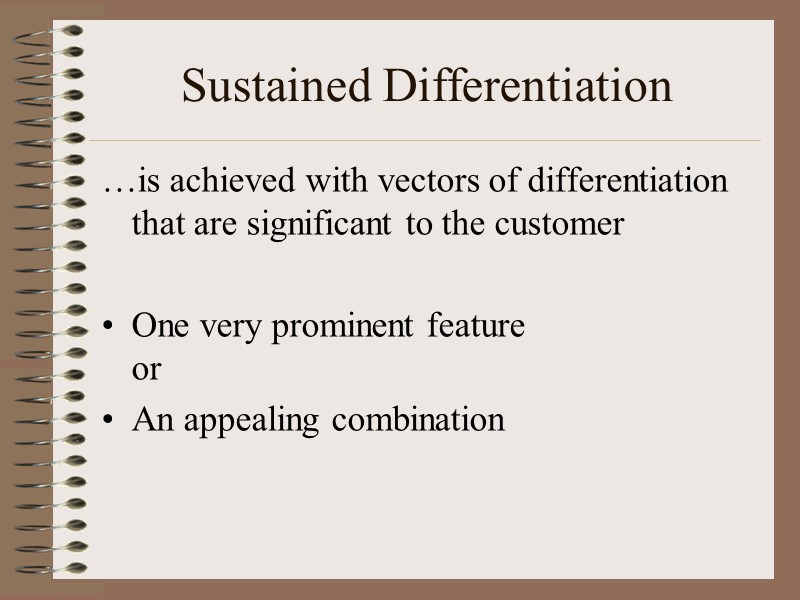
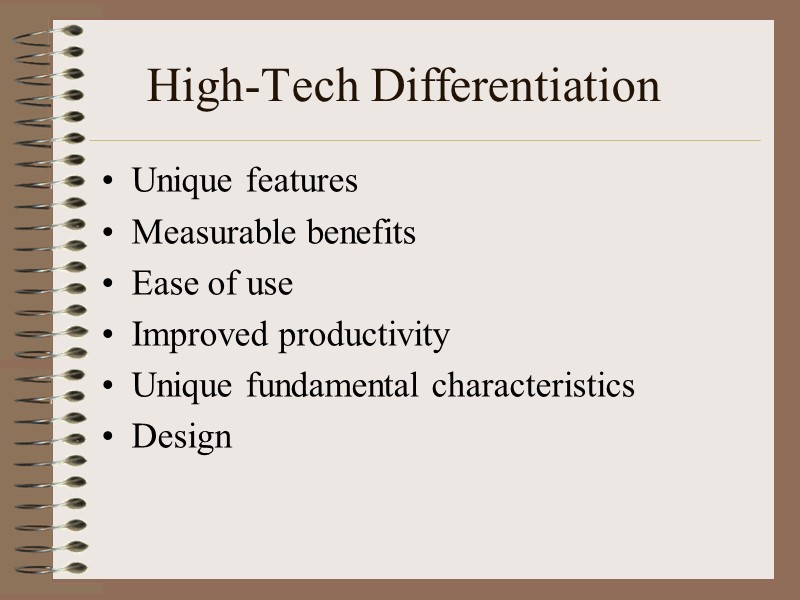
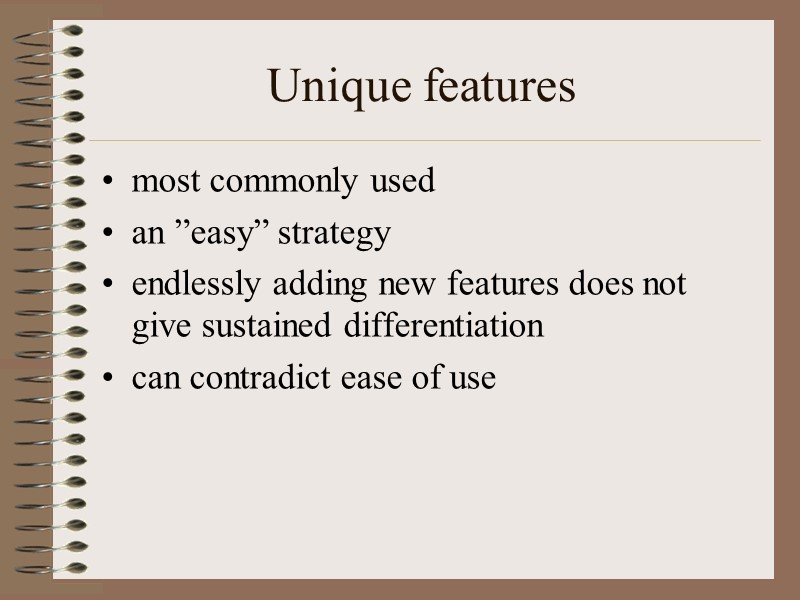
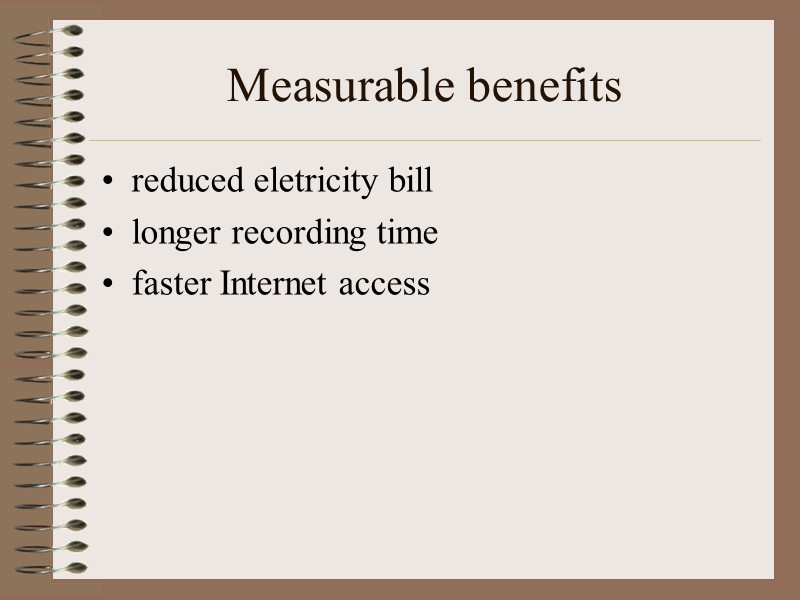
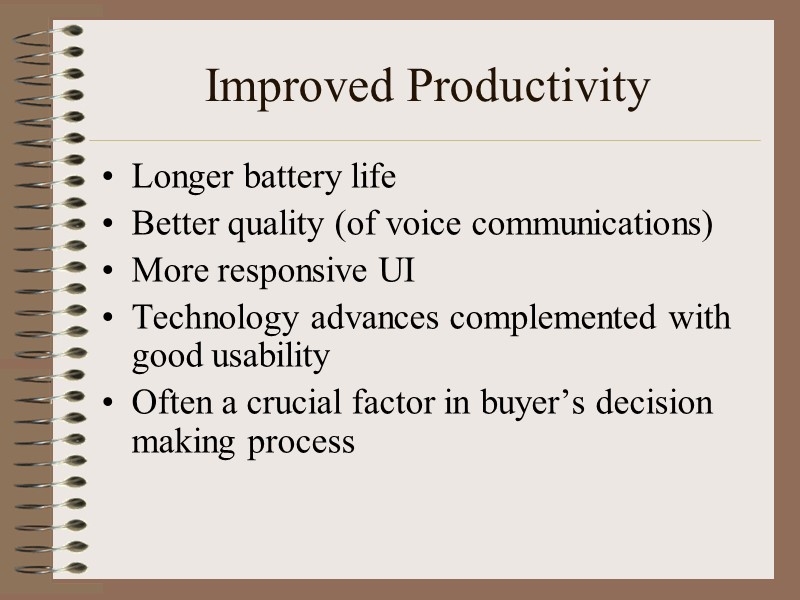
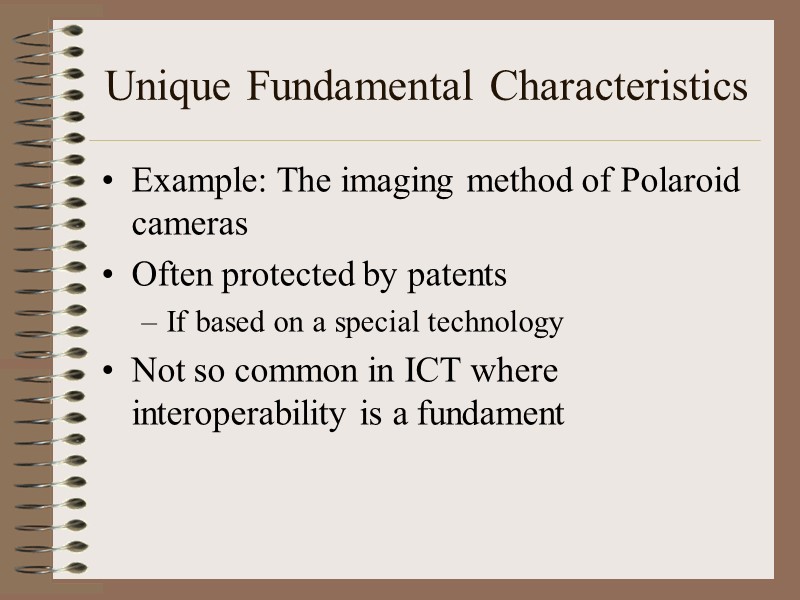
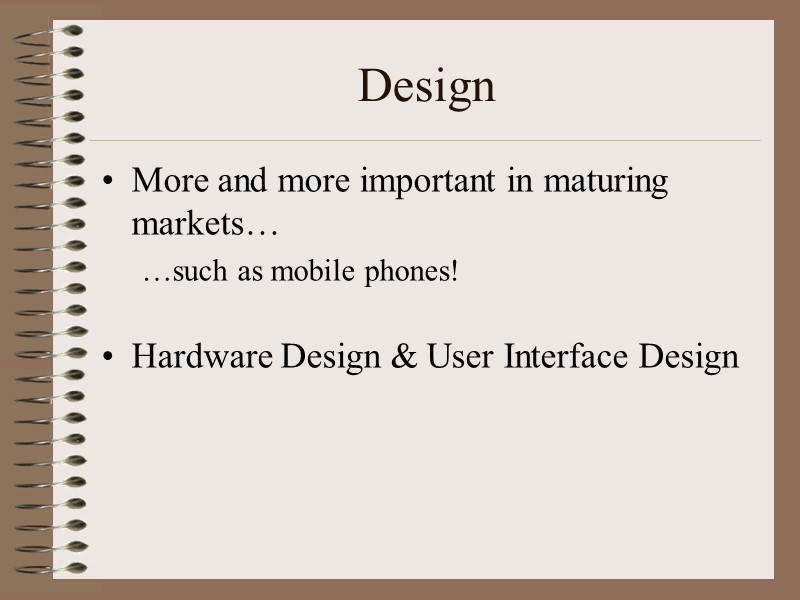
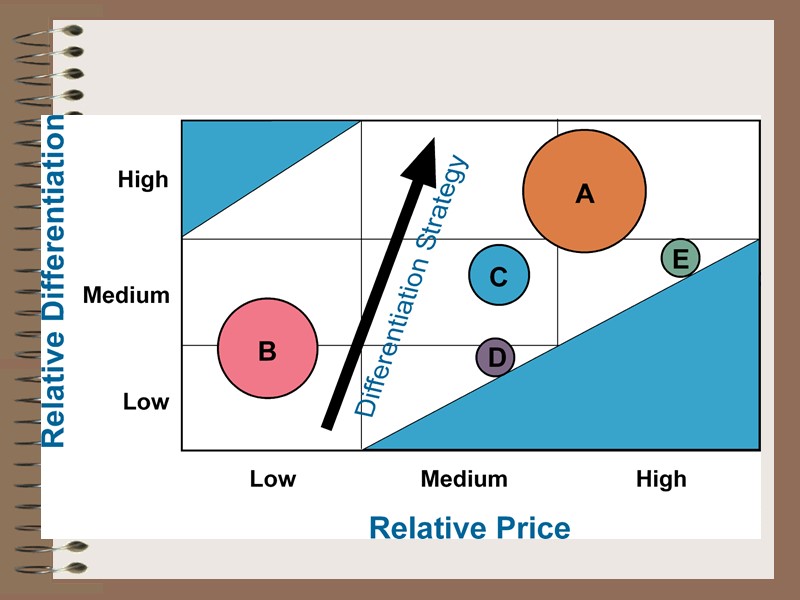

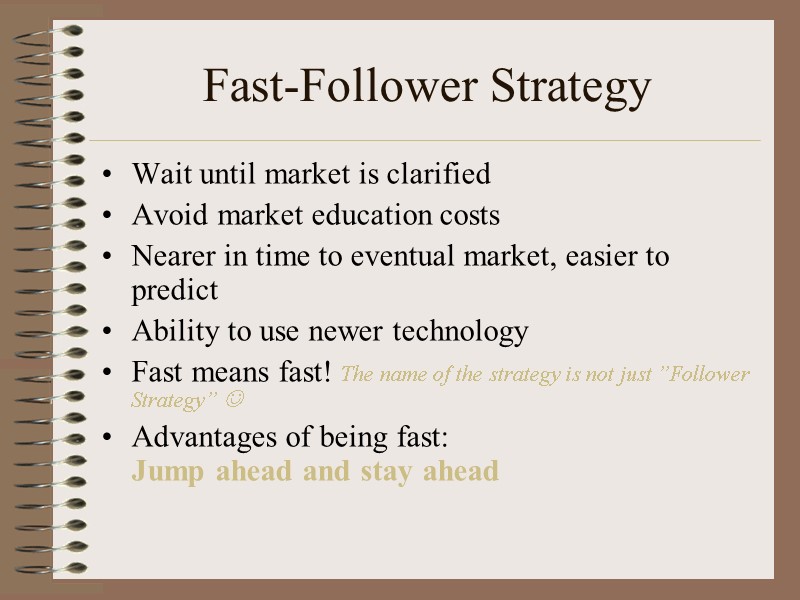
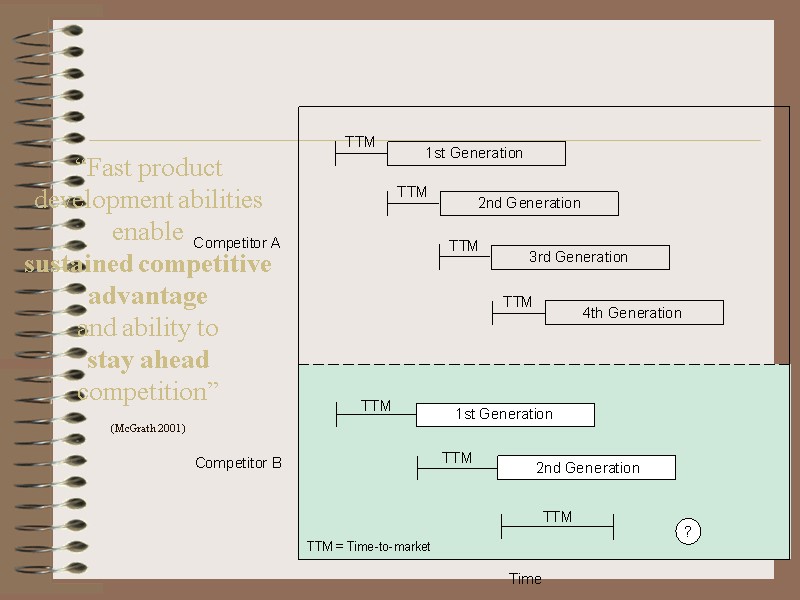
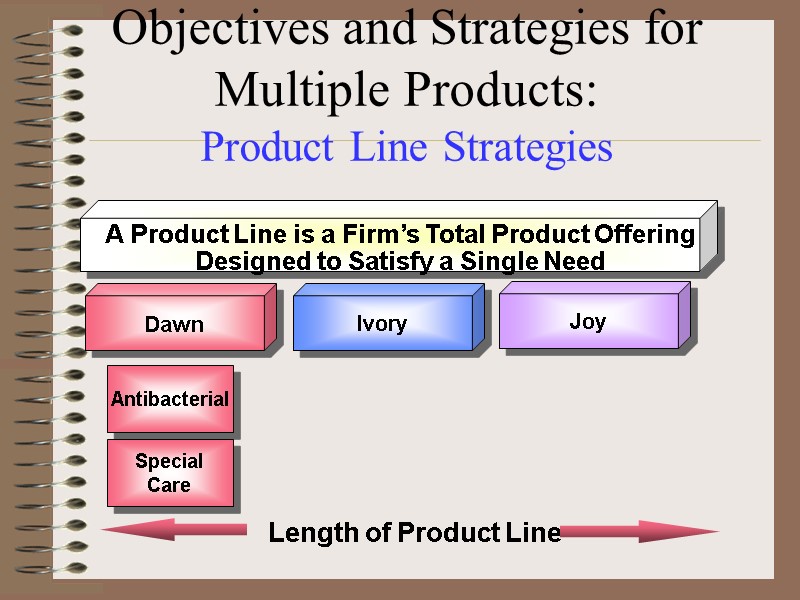
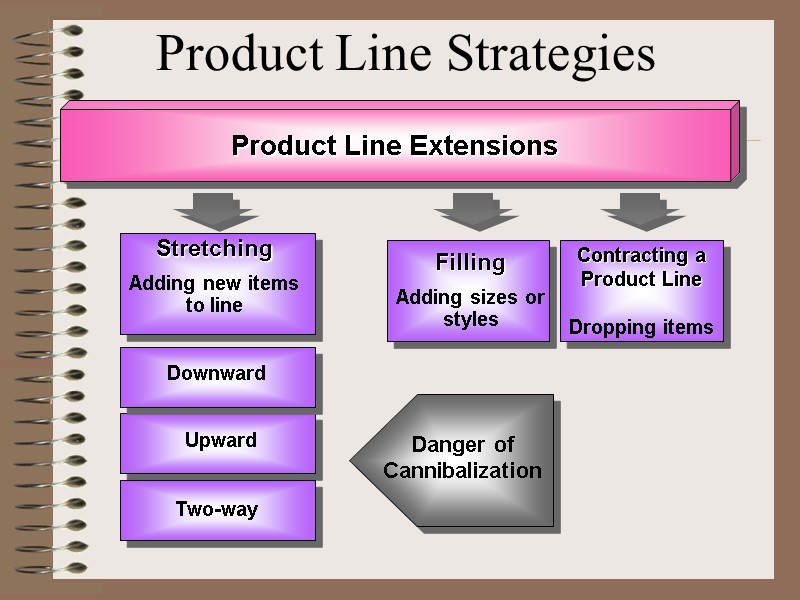
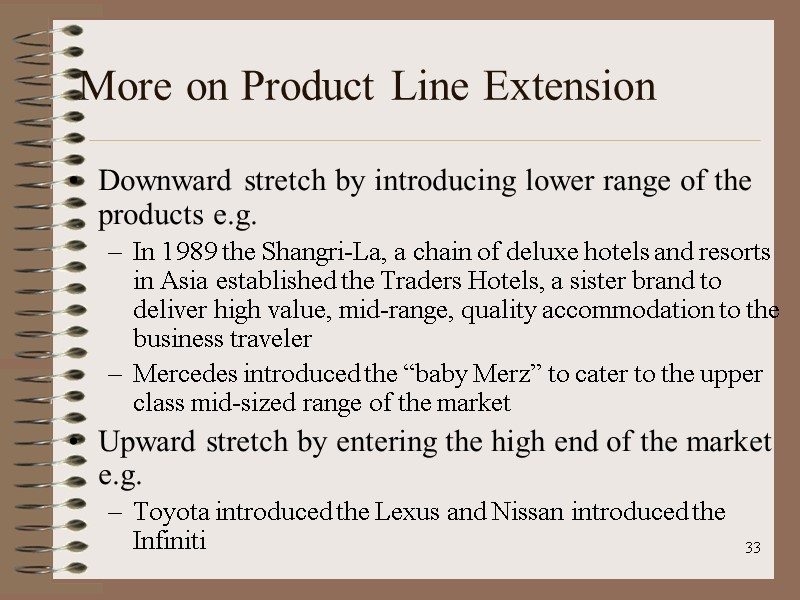
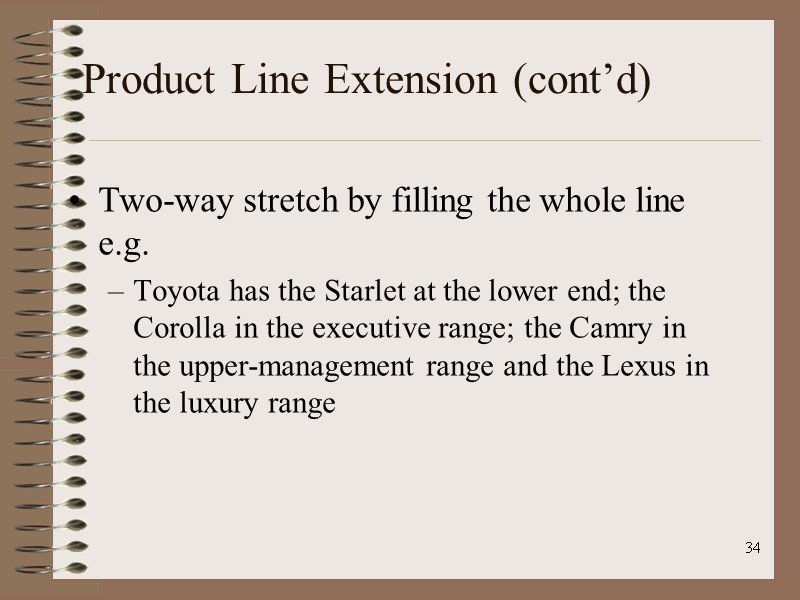
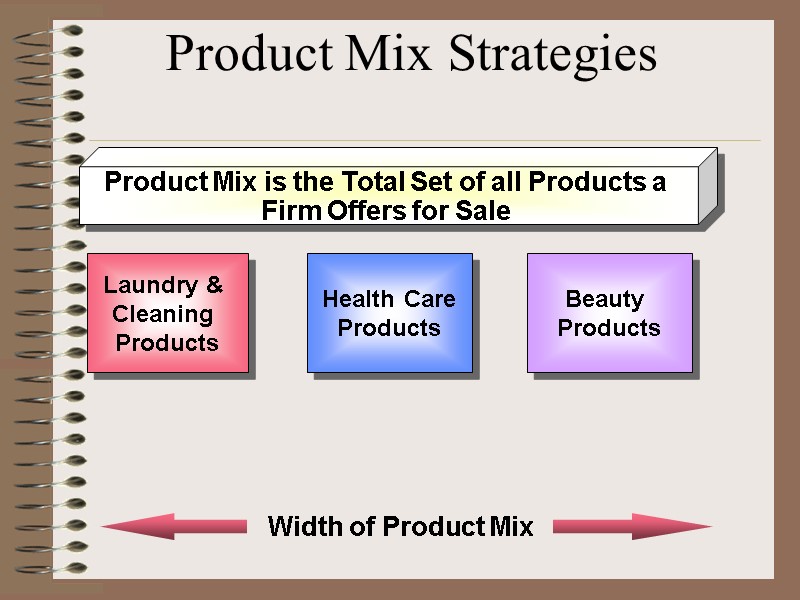
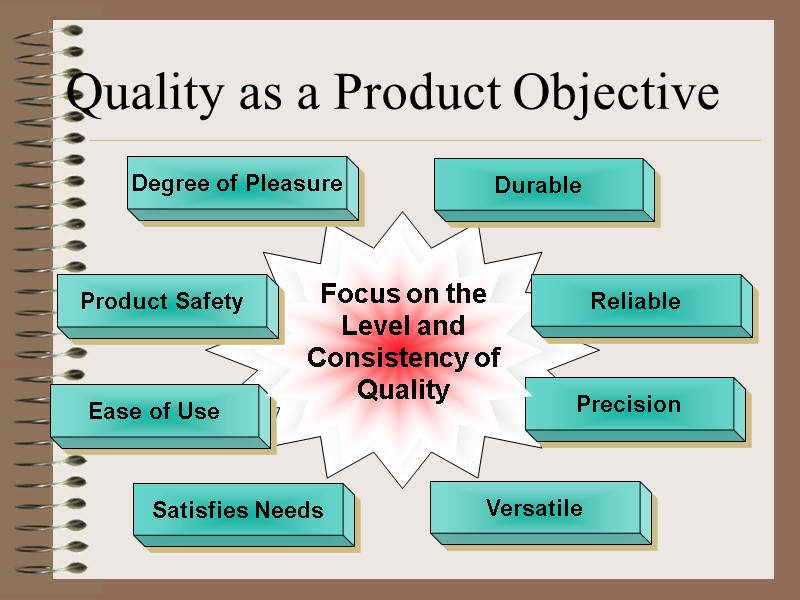
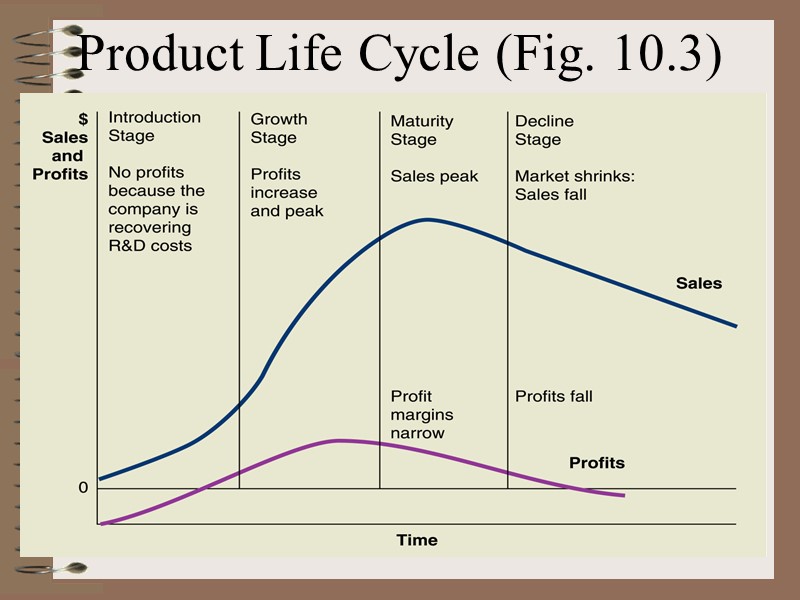
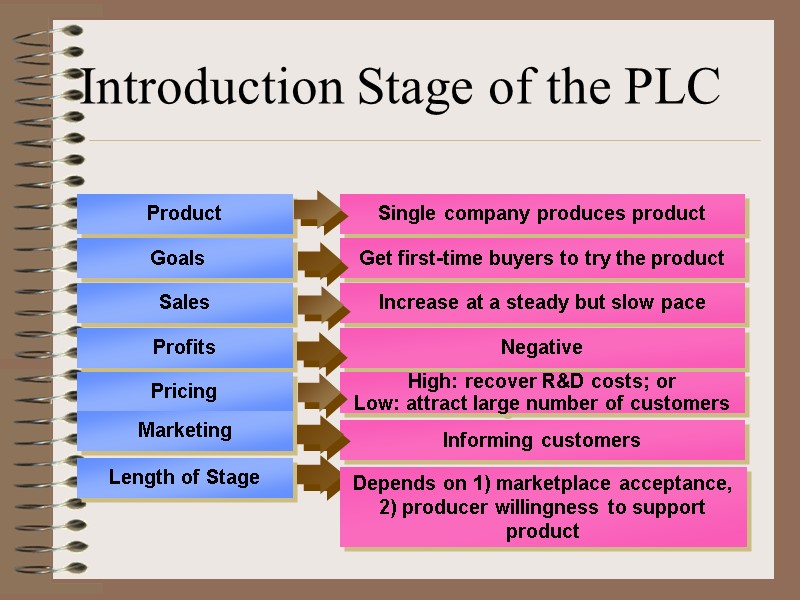
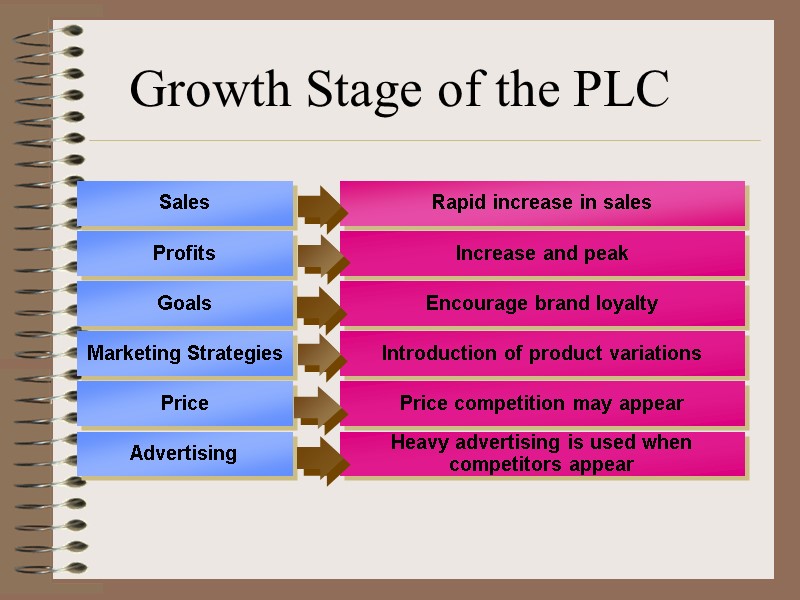
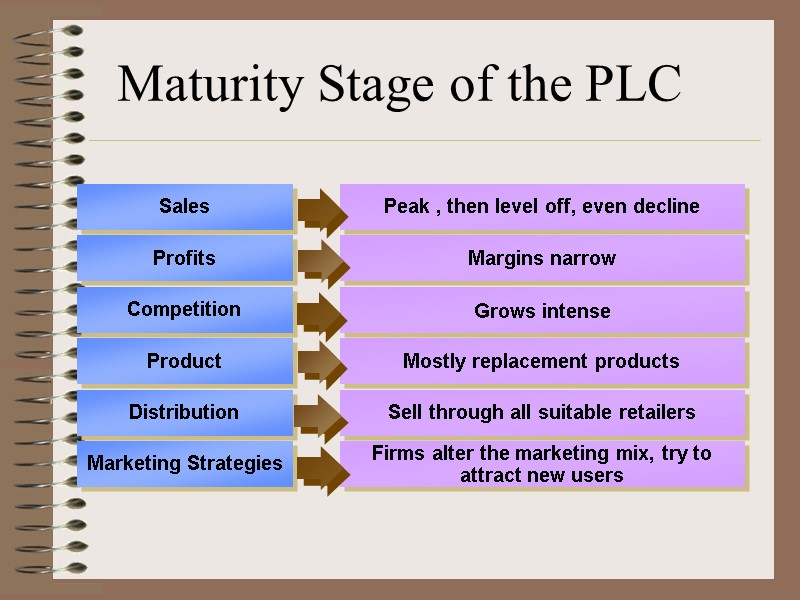
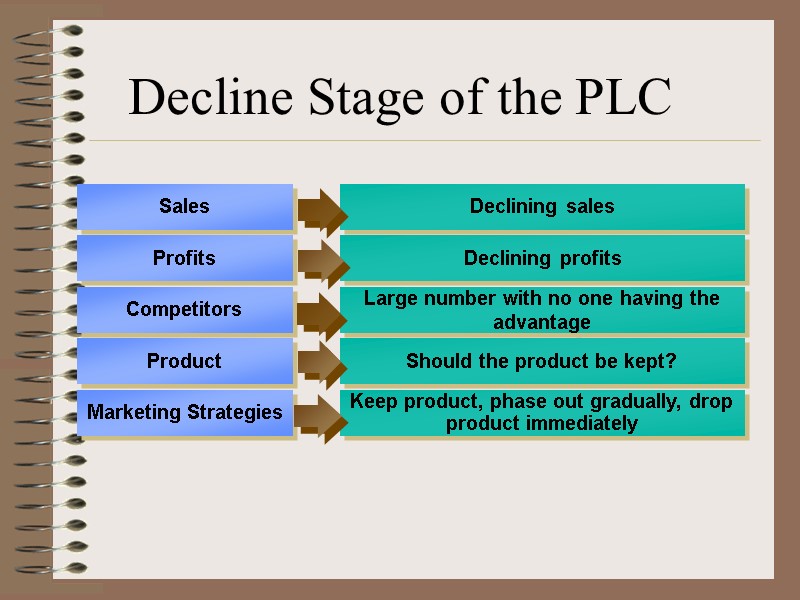
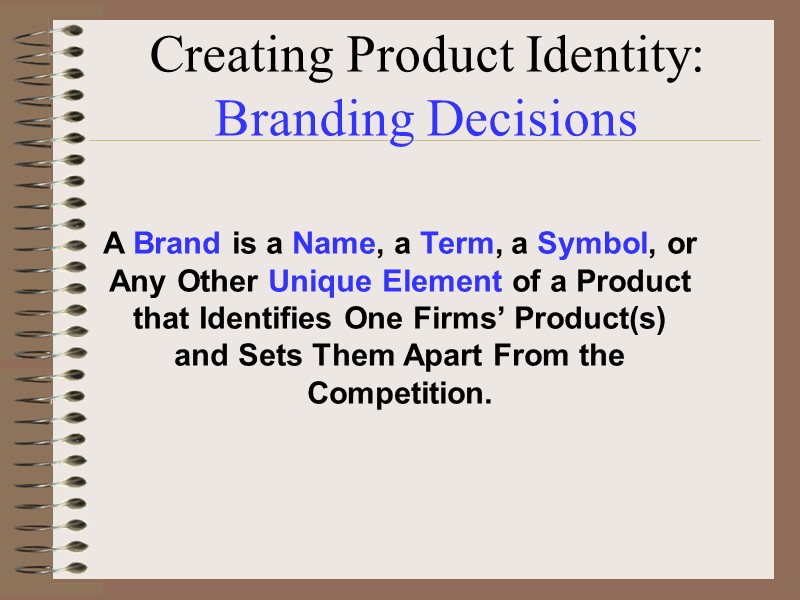
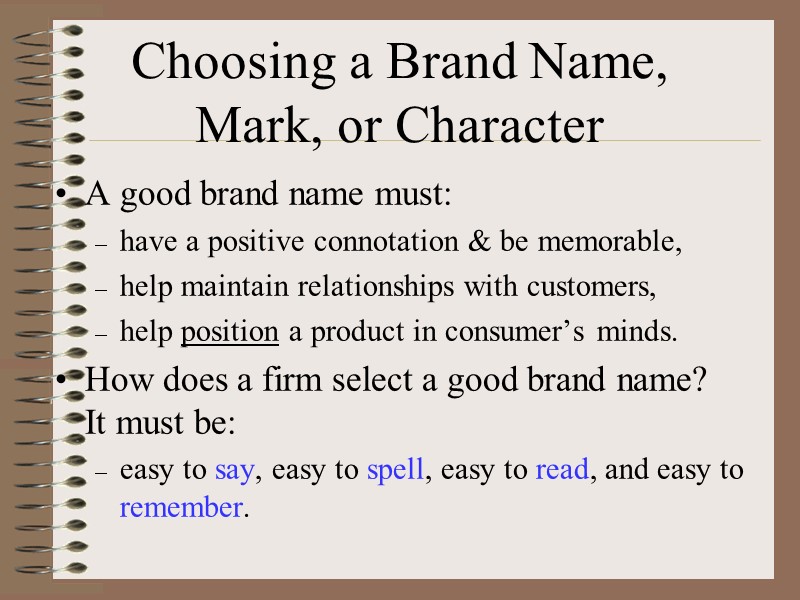
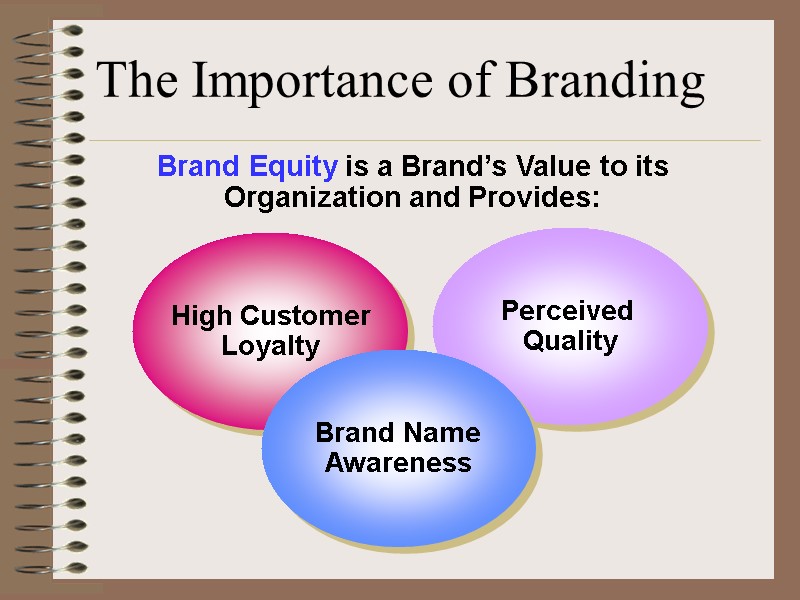
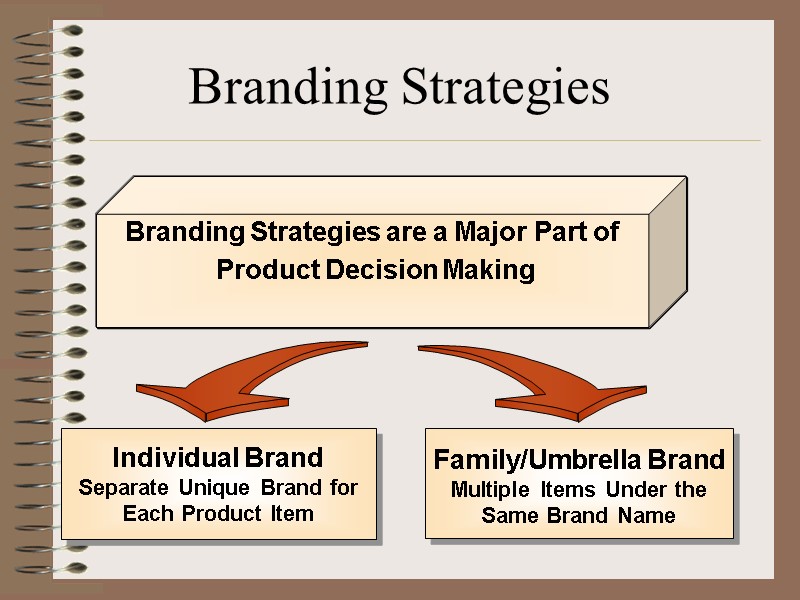
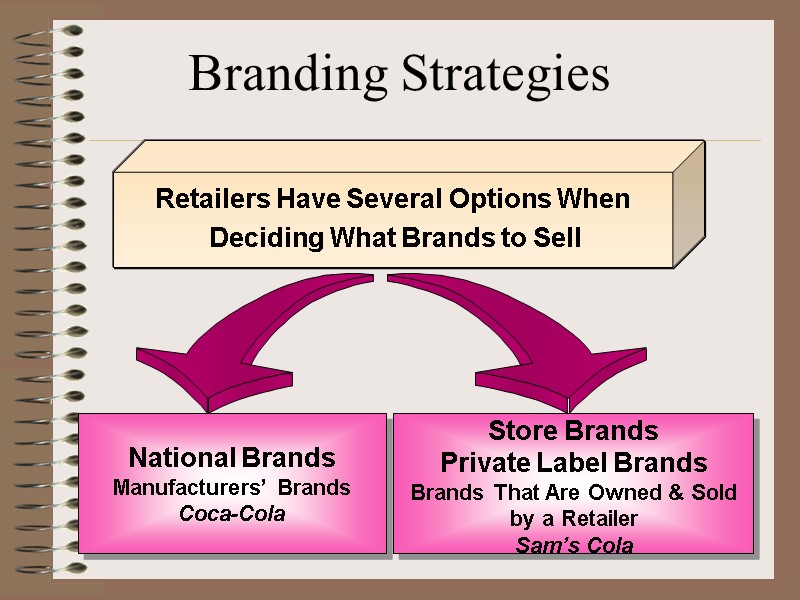
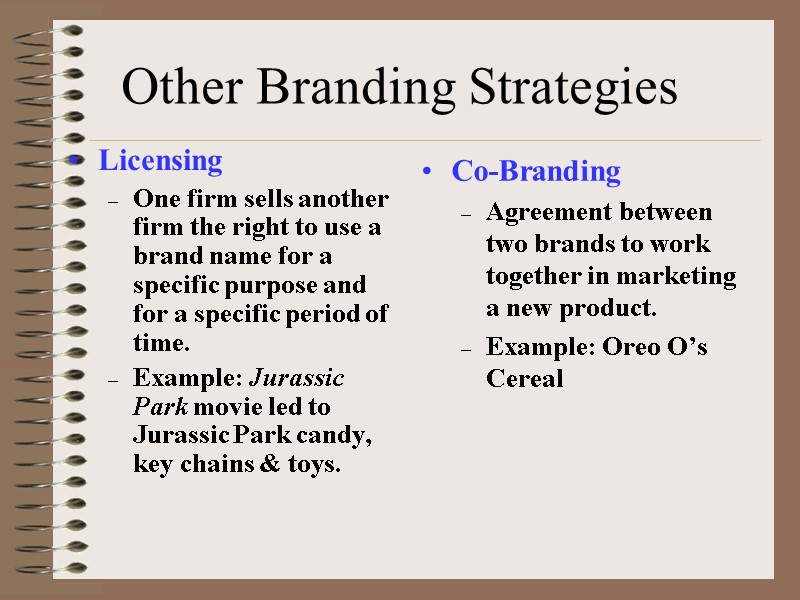
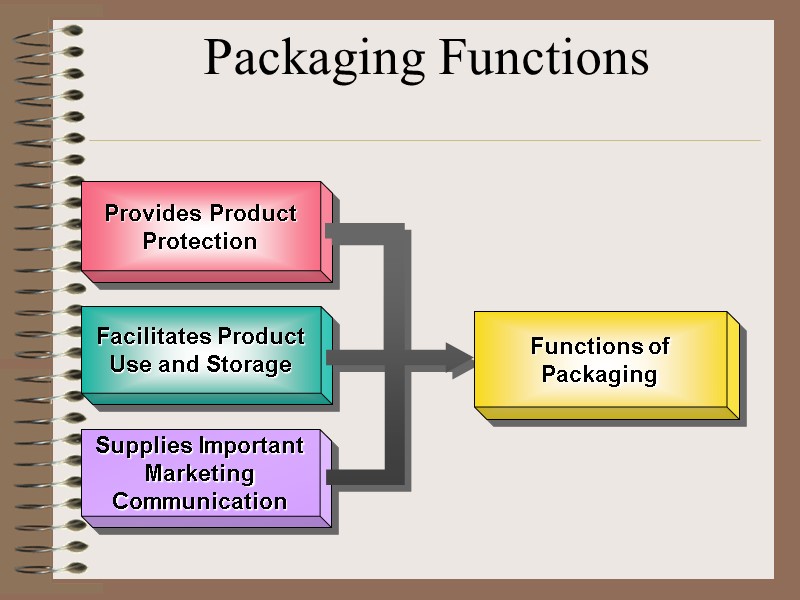
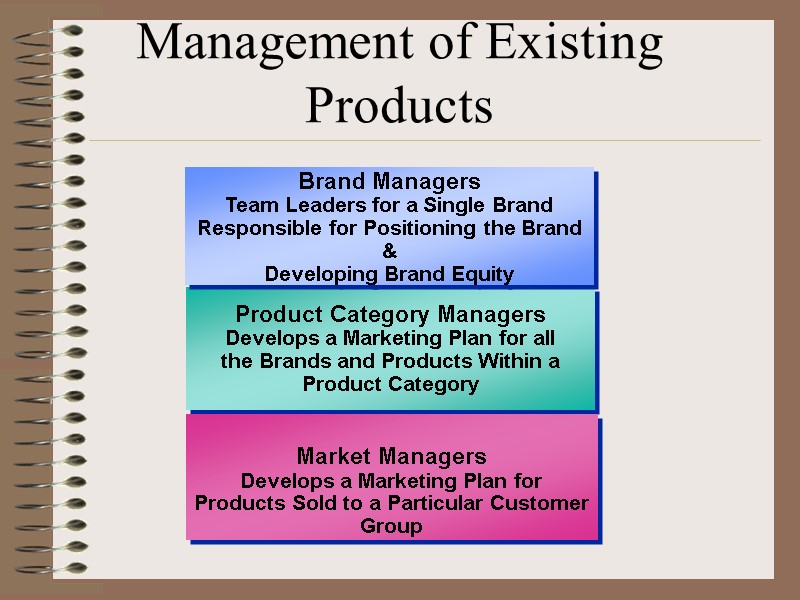
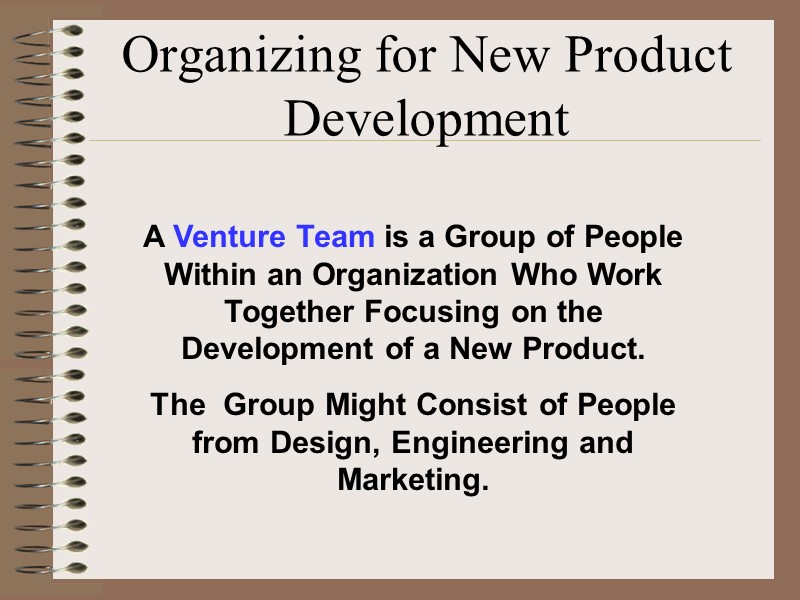
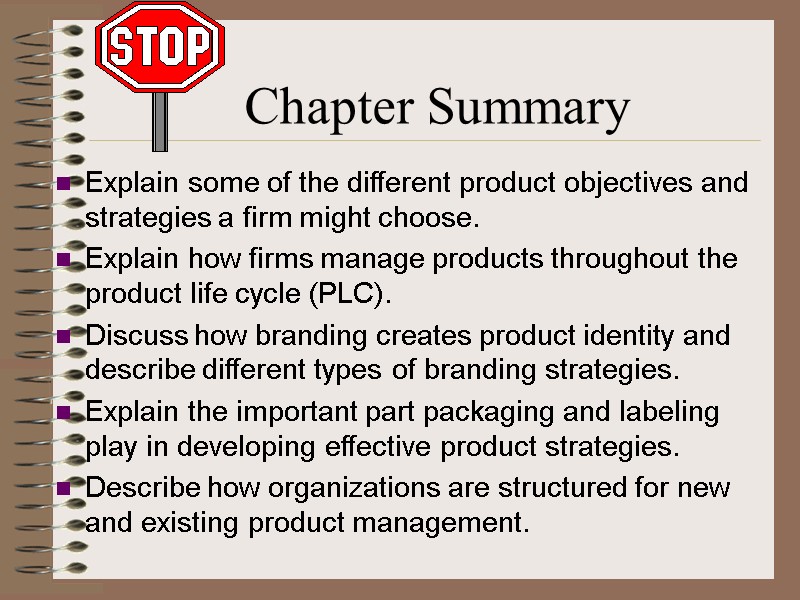
34866-product_and_branding.ppt
- Количество слайдов: 51
 Managing the Product
Managing the Product
 2 7-Levels of Product Hierarchy Product need—to satisfy a need e.g. feet protection Product class—a family of products having similar function e.g. all shoes Product line—a group of products with closely related functions e.g. sports shoes Product type—products within a line having similar form e.g. basket-ball shoes Brand—a name representing a product or line e.g. Nike Item (Stock Keeping Unit)—a unit item e.g. one pair of Nike basket-ball shoe
2 7-Levels of Product Hierarchy Product need—to satisfy a need e.g. feet protection Product class—a family of products having similar function e.g. all shoes Product line—a group of products with closely related functions e.g. sports shoes Product type—products within a line having similar form e.g. basket-ball shoes Brand—a name representing a product or line e.g. Nike Item (Stock Keeping Unit)—a unit item e.g. one pair of Nike basket-ball shoe
 Steps in Managing Products (Fig. 10.1)
Steps in Managing Products (Fig. 10.1)
 Objectives and Strategies for Individual Products Strategies for New Products Strategies for Regional Products Strategies for Mature Products
Objectives and Strategies for Individual Products Strategies for New Products Strategies for Regional Products Strategies for Mature Products
 Topics of this lecture Product Platform Strategy Product Line Strategy Leveraged Expansion Sustained Differentiation First-to-Market vs. Fast-Follower Strategy
Topics of this lecture Product Platform Strategy Product Line Strategy Leveraged Expansion Sustained Differentiation First-to-Market vs. Fast-Follower Strategy
 What is Product Strategy??
What is Product Strategy??
 Product Platform Strategy Platform is an architecture of the common elements implemented across a range of products One element in the platform usually represents a defining technology Dictates life cycle, capabilities, limitations Important to understand the role of a defining technology The choice if defining technology is perhaps the most critical strategic decision that a hi-tech company makes
Product Platform Strategy Platform is an architecture of the common elements implemented across a range of products One element in the platform usually represents a defining technology Dictates life cycle, capabilities, limitations Important to understand the role of a defining technology The choice if defining technology is perhaps the most critical strategic decision that a hi-tech company makes
 Product Platforms Element A Element B Element C Segment A Segment B Segment C Common Platform Elements Unique product elements and common channel elements of product line (McGrath 2001)
Product Platforms Element A Element B Element C Segment A Segment B Segment C Common Platform Elements Unique product elements and common channel elements of product line (McGrath 2001)
 Benefits of Platform Strategy Focuses management on key decisions at the right time Simplifies the strategy processs, helps concentrating on critical decisions Enables rapid & consistent product development Encourages a long-term view on product strategy Can leverage operational efficiencies Manufacturing costs Design costs Makes marketing and support easier
Benefits of Platform Strategy Focuses management on key decisions at the right time Simplifies the strategy processs, helps concentrating on critical decisions Enables rapid & consistent product development Encourages a long-term view on product strategy Can leverage operational efficiencies Manufacturing costs Design costs Makes marketing and support easier
 Example of Product Platforms: Apple Computer Platform: Mac OS Motorola processors Easy-to-use GUI Which are supporting, which are defining technologies?
Example of Product Platforms: Apple Computer Platform: Mac OS Motorola processors Easy-to-use GUI Which are supporting, which are defining technologies?
 Open Interfaces in Product Platforms A product portfolio based on open interfaces Allows other manufacturers to participate Gives the company a smaller portion of the entire market, but… …makes the market significantly bigger A piece of a big cake may well be a lot bigger than the small cake!
Open Interfaces in Product Platforms A product portfolio based on open interfaces Allows other manufacturers to participate Gives the company a smaller portion of the entire market, but… …makes the market significantly bigger A piece of a big cake may well be a lot bigger than the small cake!
 Examples of Open Interface Strategy Sun Microsystems: Java Nokia: Symbian Intel: AGP Motivation in each case: to enlarge a market where you are a rather strong player yourself
Examples of Open Interface Strategy Sun Microsystems: Java Nokia: Symbian Intel: AGP Motivation in each case: to enlarge a market where you are a rather strong player yourself
 Product Line Strategy A time-phased plan for developing products from a common platform, each product targeting a specific market segment The true potential of a platform strategy is extracted with an effective product line strategy
Product Line Strategy A time-phased plan for developing products from a common platform, each product targeting a specific market segment The true potential of a platform strategy is extracted with an effective product line strategy
 Product Line Strategy (contd.) Covers all primary targeted market segments Each product offering should be sufficiently focused Time-phased scheduling / sequencing all products cannot be released simultaneously priorization Similar products / product lines are coordinated To avoid rework and confusion in marketing and among customers
Product Line Strategy (contd.) Covers all primary targeted market segments Each product offering should be sufficiently focused Time-phased scheduling / sequencing all products cannot be released simultaneously priorization Similar products / product lines are coordinated To avoid rework and confusion in marketing and among customers
 Product Line Examples Nokia Mobile Phones Everybody knows what I’m talking about!
Product Line Examples Nokia Mobile Phones Everybody knows what I’m talking about!
 Leveraged Expansion Case studies show that: The success of expansions to new product markets depends highly on ability to leverage: Existing market knowledge Technical skills
Leveraged Expansion Case studies show that: The success of expansions to new product markets depends highly on ability to leverage: Existing market knowledge Technical skills

 Maidique & Zirger (Stanford University, 1984): A study on 158 product launches (50% failed, 50% succeeded) The result: 8 Principal Factors of Product Success: The developing organization, through in-depth understanding of the customers and the marketplace, introduces a product with a high performance-to-cost ratio. The create, make, and market functions are well coordinated and interfaced. The product provides a high contribution margin to the firm. The new product benefits significantly from the existing technological and marketing strengths of the developing business units. The developing organization is proficient in marketing and commits a significant amount of its resources to selling and promoting the product. The R&D process is well planned and coordinated. There is a high level of management support for the product from the product conception stage to its launch into the market. The product is an early entrant.
Maidique & Zirger (Stanford University, 1984): A study on 158 product launches (50% failed, 50% succeeded) The result: 8 Principal Factors of Product Success: The developing organization, through in-depth understanding of the customers and the marketplace, introduces a product with a high performance-to-cost ratio. The create, make, and market functions are well coordinated and interfaced. The product provides a high contribution margin to the firm. The new product benefits significantly from the existing technological and marketing strengths of the developing business units. The developing organization is proficient in marketing and commits a significant amount of its resources to selling and promoting the product. The R&D process is well planned and coordinated. There is a high level of management support for the product from the product conception stage to its launch into the market. The product is an early entrant.
 Examples of Leveraged Expansion Texas Instruments: The Little Professor Apple: PowerBook Adobe: Acrobat Microsoft DOS Windows Windows + Internet Internet Explorer & MSN
Examples of Leveraged Expansion Texas Instruments: The Little Professor Apple: PowerBook Adobe: Acrobat Microsoft DOS Windows Windows + Internet Internet Explorer & MSN
 Sustained Differentiation …is achieved with vectors of differentiation that are significant to the customer One very prominent feature or An appealing combination
Sustained Differentiation …is achieved with vectors of differentiation that are significant to the customer One very prominent feature or An appealing combination
 High-Tech Differentiation Unique features Measurable benefits Ease of use Improved productivity Unique fundamental characteristics Design
High-Tech Differentiation Unique features Measurable benefits Ease of use Improved productivity Unique fundamental characteristics Design
 Unique features most commonly used an ”easy” strategy endlessly adding new features does not give sustained differentiation can contradict ease of use
Unique features most commonly used an ”easy” strategy endlessly adding new features does not give sustained differentiation can contradict ease of use
 Measurable benefits reduced eletricity bill longer recording time faster Internet access
Measurable benefits reduced eletricity bill longer recording time faster Internet access
 Improved Productivity Longer battery life Better quality (of voice communications) More responsive UI Technology advances complemented with good usability Often a crucial factor in buyer’s decision making process
Improved Productivity Longer battery life Better quality (of voice communications) More responsive UI Technology advances complemented with good usability Often a crucial factor in buyer’s decision making process
 Unique Fundamental Characteristics Example: The imaging method of Polaroid cameras Often protected by patents If based on a special technology Not so common in ICT where interoperability is a fundament
Unique Fundamental Characteristics Example: The imaging method of Polaroid cameras Often protected by patents If based on a special technology Not so common in ICT where interoperability is a fundament
 Design More and more important in maturing markets… …such as mobile phones! Hardware Design & User Interface Design
Design More and more important in maturing markets… …such as mobile phones! Hardware Design & User Interface Design

 First-to-Market Strategy Market share advantage Earlier market & customer experience Influence on markets and standards Possibility to build entry barriers Image benefits, a glamorous strategy Big risks! Somewhat problematic in ICT: as interconnectivity is the rule, market dominance can seldom be achieved An exception: Cisco
First-to-Market Strategy Market share advantage Earlier market & customer experience Influence on markets and standards Possibility to build entry barriers Image benefits, a glamorous strategy Big risks! Somewhat problematic in ICT: as interconnectivity is the rule, market dominance can seldom be achieved An exception: Cisco
 Fast-Follower Strategy Wait until market is clarified Avoid market education costs Nearer in time to eventual market, easier to predict Ability to use newer technology Fast means fast! The name of the strategy is not just ”Follower Strategy” Advantages of being fast: Jump ahead and stay ahead
Fast-Follower Strategy Wait until market is clarified Avoid market education costs Nearer in time to eventual market, easier to predict Ability to use newer technology Fast means fast! The name of the strategy is not just ”Follower Strategy” Advantages of being fast: Jump ahead and stay ahead
 “Fast product development abilities enable sustained competitive advantage and ability to stay ahead competition” (McGrath 2001)
“Fast product development abilities enable sustained competitive advantage and ability to stay ahead competition” (McGrath 2001)
 Objectives and Strategies for Multiple Products: Product Line Strategies A Product Line is a Firm’s Total Product Offering Designed to Satisfy a Single Need Joy Ivory Antibacterial Dawn Special Care Length of Product Line
Objectives and Strategies for Multiple Products: Product Line Strategies A Product Line is a Firm’s Total Product Offering Designed to Satisfy a Single Need Joy Ivory Antibacterial Dawn Special Care Length of Product Line
 Product Line Extensions Stretching Adding new items to line Filling Adding sizes or styles Downward Upward Product Line Strategies Danger of Cannibalization Contracting a Product Line Dropping items Two-way
Product Line Extensions Stretching Adding new items to line Filling Adding sizes or styles Downward Upward Product Line Strategies Danger of Cannibalization Contracting a Product Line Dropping items Two-way
 33 More on Product Line Extension Downward stretch by introducing lower range of the products e.g. In 1989 the Shangri-La, a chain of deluxe hotels and resorts in Asia established the Traders Hotels, a sister brand to deliver high value, mid-range, quality accommodation to the business traveler Mercedes introduced the “baby Merz” to cater to the upper class mid-sized range of the market Upward stretch by entering the high end of the market e.g. Toyota introduced the Lexus and Nissan introduced the Infiniti
33 More on Product Line Extension Downward stretch by introducing lower range of the products e.g. In 1989 the Shangri-La, a chain of deluxe hotels and resorts in Asia established the Traders Hotels, a sister brand to deliver high value, mid-range, quality accommodation to the business traveler Mercedes introduced the “baby Merz” to cater to the upper class mid-sized range of the market Upward stretch by entering the high end of the market e.g. Toyota introduced the Lexus and Nissan introduced the Infiniti
 34 Product Line Extension (cont’d) Two-way stretch by filling the whole line e.g. Toyota has the Starlet at the lower end; the Corolla in the executive range; the Camry in the upper-management range and the Lexus in the luxury range
34 Product Line Extension (cont’d) Two-way stretch by filling the whole line e.g. Toyota has the Starlet at the lower end; the Corolla in the executive range; the Camry in the upper-management range and the Lexus in the luxury range
 Product Mix Strategies Product Mix is the Total Set of all Products a Firm Offers for Sale Beauty Products Health Care Products Laundry & Cleaning Products Width of Product Mix
Product Mix Strategies Product Mix is the Total Set of all Products a Firm Offers for Sale Beauty Products Health Care Products Laundry & Cleaning Products Width of Product Mix
 Quality as a Product Objective Ease of Use Durable Degree of Pleasure Precision Versatile Satisfies Needs Focus on the Level and Consistency of Quality Reliable Product Safety
Quality as a Product Objective Ease of Use Durable Degree of Pleasure Precision Versatile Satisfies Needs Focus on the Level and Consistency of Quality Reliable Product Safety
 Product Life Cycle (Fig. 10.3)
Product Life Cycle (Fig. 10.3)
 Product Single company produces product Introduction Stage of the PLC Goals Sales Profits Pricing Marketing Get first-time buyers to try the product Increase at a steady but slow pace Negative High: recover R&D costs; or Low: attract large number of customers Informing customers Length of Stage Depends on 1) marketplace acceptance, 2) producer willingness to support product
Product Single company produces product Introduction Stage of the PLC Goals Sales Profits Pricing Marketing Get first-time buyers to try the product Increase at a steady but slow pace Negative High: recover R&D costs; or Low: attract large number of customers Informing customers Length of Stage Depends on 1) marketplace acceptance, 2) producer willingness to support product
 Sales Profits Goals Marketing Strategies Price Advertising Rapid increase in sales Increase and peak Encourage brand loyalty Introduction of product variations Price competition may appear Heavy advertising is used when competitors appear Growth Stage of the PLC
Sales Profits Goals Marketing Strategies Price Advertising Rapid increase in sales Increase and peak Encourage brand loyalty Introduction of product variations Price competition may appear Heavy advertising is used when competitors appear Growth Stage of the PLC
 Sales Profits Competition Product Distribution Marketing Strategies Peak , then level off, even decline Margins narrow Grows intense Mostly replacement products Sell through all suitable retailers Firms alter the marketing mix, try to attract new users Maturity Stage of the PLC
Sales Profits Competition Product Distribution Marketing Strategies Peak , then level off, even decline Margins narrow Grows intense Mostly replacement products Sell through all suitable retailers Firms alter the marketing mix, try to attract new users Maturity Stage of the PLC
 Sales Profits Competitors Product Marketing Strategies Declining sales Declining profits Large number with no one having the advantage Should the product be kept? Keep product, phase out gradually, drop product immediately Decline Stage of the PLC
Sales Profits Competitors Product Marketing Strategies Declining sales Declining profits Large number with no one having the advantage Should the product be kept? Keep product, phase out gradually, drop product immediately Decline Stage of the PLC
 Creating Product Identity: Branding Decisions A Brand is a Name, a Term, a Symbol, or Any Other Unique Element of a Product that Identifies One Firms’ Product(s) and Sets Them Apart From the Competition.
Creating Product Identity: Branding Decisions A Brand is a Name, a Term, a Symbol, or Any Other Unique Element of a Product that Identifies One Firms’ Product(s) and Sets Them Apart From the Competition.
 Choosing a Brand Name, Mark, or Character A good brand name must: have a positive connotation & be memorable, help maintain relationships with customers, help position a product in consumer’s minds. How does a firm select a good brand name? It must be: easy to say, easy to spell, easy to read, and easy to remember.
Choosing a Brand Name, Mark, or Character A good brand name must: have a positive connotation & be memorable, help maintain relationships with customers, help position a product in consumer’s minds. How does a firm select a good brand name? It must be: easy to say, easy to spell, easy to read, and easy to remember.
 Brand Equity is a Brand’s Value to its Organization and Provides: The Importance of Branding
Brand Equity is a Brand’s Value to its Organization and Provides: The Importance of Branding
 Branding Strategies are a Major Part of Product Decision Making Family/Umbrella Brand Multiple Items Under the Same Brand Name Individual Brand Separate Unique Brand for Each Product Item Branding Strategies
Branding Strategies are a Major Part of Product Decision Making Family/Umbrella Brand Multiple Items Under the Same Brand Name Individual Brand Separate Unique Brand for Each Product Item Branding Strategies
 Retailers Have Several Options When Deciding What Brands to Sell Store Brands Private Label Brands Brands That Are Owned & Sold by a Retailer Sam’s Cola Branding Strategies National Brands Manufacturers’ Brands Coca-Cola
Retailers Have Several Options When Deciding What Brands to Sell Store Brands Private Label Brands Brands That Are Owned & Sold by a Retailer Sam’s Cola Branding Strategies National Brands Manufacturers’ Brands Coca-Cola
 Other Branding Strategies Licensing One firm sells another firm the right to use a brand name for a specific purpose and for a specific period of time. Example: Jurassic Park movie led to Jurassic Park candy, key chains & toys. Co-Branding Agreement between two brands to work together in marketing a new product. Example: Oreo O’s Cereal
Other Branding Strategies Licensing One firm sells another firm the right to use a brand name for a specific purpose and for a specific period of time. Example: Jurassic Park movie led to Jurassic Park candy, key chains & toys. Co-Branding Agreement between two brands to work together in marketing a new product. Example: Oreo O’s Cereal
 Provides Product Protection Facilitates Product Use and Storage Supplies Important Marketing Communication Functions of Packaging Packaging Functions
Provides Product Protection Facilitates Product Use and Storage Supplies Important Marketing Communication Functions of Packaging Packaging Functions
 Product Category Managers Develops a Marketing Plan for all the Brands and Products Within a Product Category Market Managers Develops a Marketing Plan for Products Sold to a Particular Customer Group Brand Managers Team Leaders for a Single Brand Responsible for Positioning the Brand & Developing Brand Equity Management of Existing Products
Product Category Managers Develops a Marketing Plan for all the Brands and Products Within a Product Category Market Managers Develops a Marketing Plan for Products Sold to a Particular Customer Group Brand Managers Team Leaders for a Single Brand Responsible for Positioning the Brand & Developing Brand Equity Management of Existing Products
 Organizing for New Product Development A Venture Team is a Group of People Within an Organization Who Work Together Focusing on the Development of a New Product. The Group Might Consist of People from Design, Engineering and Marketing.
Organizing for New Product Development A Venture Team is a Group of People Within an Organization Who Work Together Focusing on the Development of a New Product. The Group Might Consist of People from Design, Engineering and Marketing.
 Chapter Summary Explain some of the different product objectives and strategies a firm might choose. Explain how firms manage products throughout the product life cycle (PLC). Discuss how branding creates product identity and describe different types of branding strategies. Explain the important part packaging and labeling play in developing effective product strategies. Describe how organizations are structured for new and existing product management.
Chapter Summary Explain some of the different product objectives and strategies a firm might choose. Explain how firms manage products throughout the product life cycle (PLC). Discuss how branding creates product identity and describe different types of branding strategies. Explain the important part packaging and labeling play in developing effective product strategies. Describe how organizations are structured for new and existing product management.
